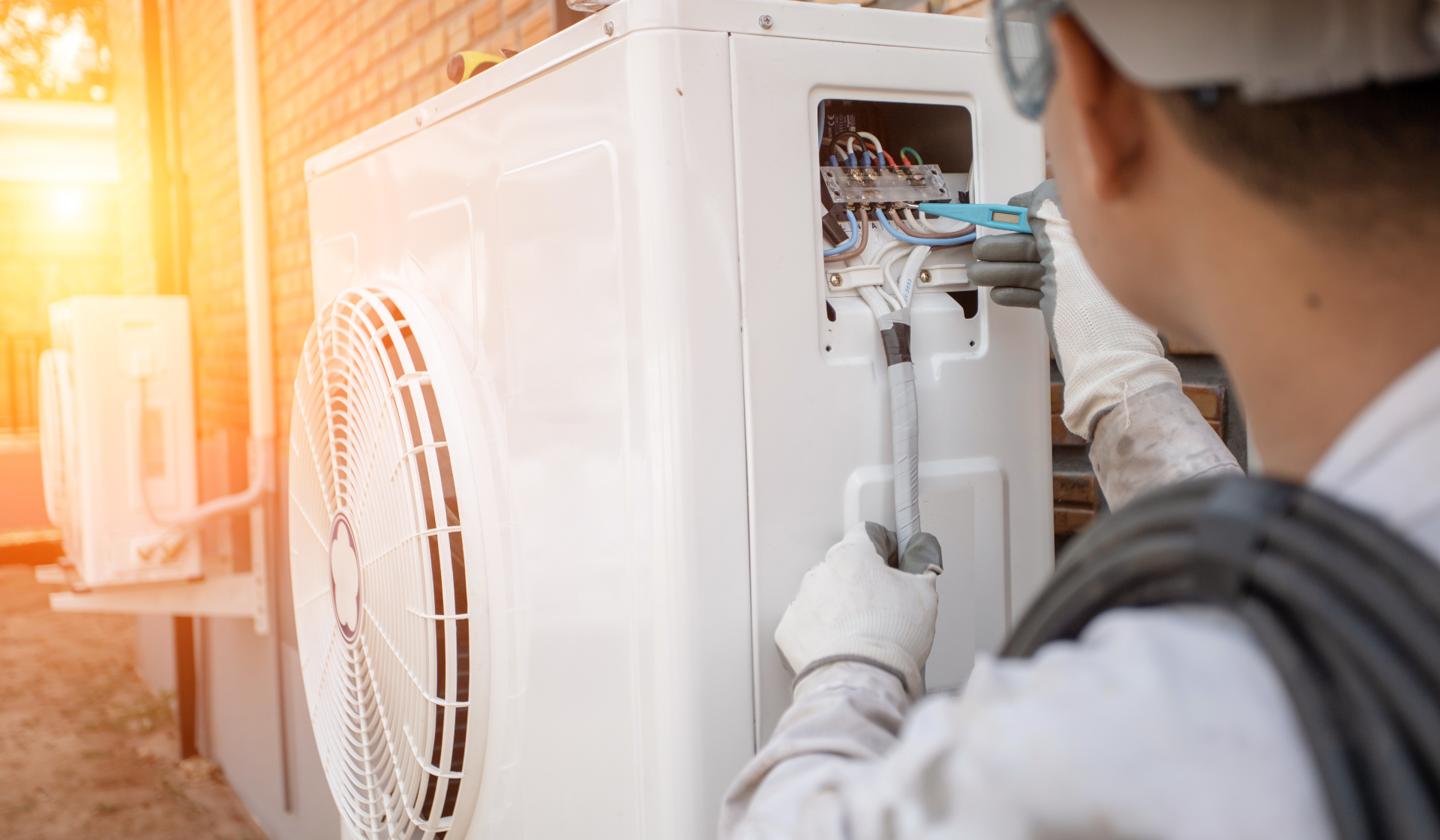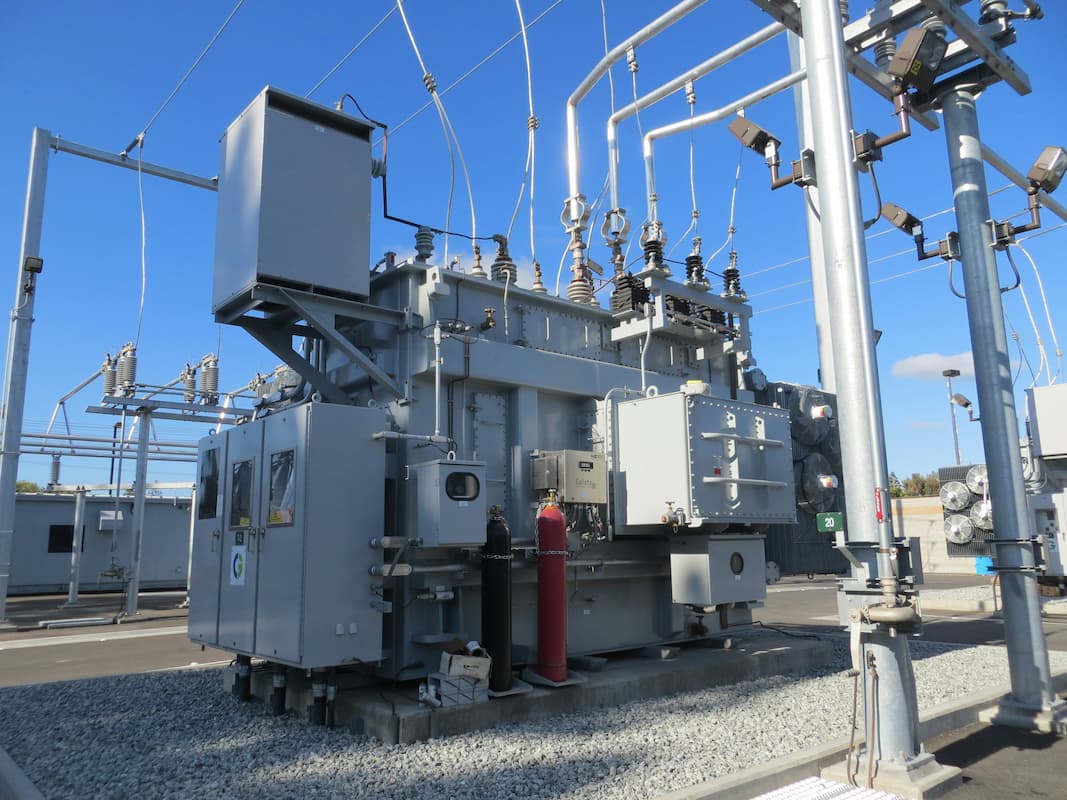Everything You Need to Know on Heat Pumps
Let's Save Energy
Alliance to Save Energy's Blog

This is part one of a blog series looking at what you need to know about making the switch to heat pumps.
Are you looking into upgrading your home heating as temperatures drop – or perhaps thinking about installing A/C after the hottest U.S. summer on record? The heating and cooling market is full of many more options than in the past – meaning more options for finding a system that is cost-effective and sustainable for your home, but even more twists and turns in the already confusing landscape of HVAC.
The good news is that you might be able to knock out both your heating and cooling needs with the increasingly popular option of a heat pump. Heat pump technology is continuously improving, and making the switch to one now may save you hundreds of dollars a year on your utility bills while also being one of the most eco-friendly options. Here, we break down how heat pumps work and their benefits. In part two of this blog, we’ll do some myth-busting of common heat pump misconceptions and whether one is right for your home.
What exactly is a heat pump?
A heat pump is a system for both heating and cooling that essentially works by transferring heat – pumping heat out of your house during hot summer months, and pumping heat into your house in the winter. There are options on the market whether or not your home has ducting; and there are varieties that utilize heat from the air, ground, or water for space heating (as well as heat pump water heaters for water heating). In this blog, we’ll be focusing on air-source heat pumps, the most common option.
In cooling mode, all heat pumps essentially work the same as traditional A/C units: both systems use a refrigerant that absorbs the heat inside your home and then transfers that heat outside (the same idea as your refrigerator). The difference really comes down to heat pumps’ ability to heat during colder months: a reverse valve allows air-source heat pumps to absorb heat energy from outside air and pump the heat into your home. Now wait a minute, you might be thinking, how does it absorb heat from cold winter air? Heat pumps can collect heat even in very cold temperatures by circling a refrigerant in the outdoor unit – and because the refrigerant is even colder than the air, it absorbs heat. The refrigerant is then vaporized and compressed – a process that generates more heat – and the heated vapor moves into the indoor unit of the heat pump, therefore heating the building.
This is generally a more energy-efficient process than a furnace, which are the most common heating system in the U.S. Furnaces generate heat by burning natural gas or propane, or sending an electric current through heating coils. Generating heat will almost always use more energy than transferring heat. Therefore, heat pumps can save you money and emissions: the average U.S. household could save $557 per year on heating and cooling costs and produce about three metric tons less of carbon emissions per year by making the switch – a nearly equivalent carbon impact as giving up your car. While there have been claims that heat pumps are only more eco-friendly in places where there is a lot of renewable energy powering the grid, the Rocky Mountain Institute has found that 99% of U.S. households would reduce their carbon emissions by switching to a heat pump.
Intrigued by what you’ve learned so far? Stay tuned for part two, where we’ll take a closer look at how much heat pump technology has improved in recent years and how to decide if a heat pump should be your next heating and cooling solution.
RECENT BLOG POSTS
STAY EMPOWERED
Help the Alliance advocate for policies to use energy more efficiently – supporting job creation, reduced emissions, and lower costs. Contact your member of Congress.
Energy efficiency is smart, nonpartisan, and practical. So are we. Our strength comes from an unparalleled group of Alliance Associates working collaboratively under the Alliance umbrella to pave the way for energy efficiency gains.
The power of efficiency is in your hands. Supporting the Alliance means supporting a vision for using energy more productively to achieve economic growth, a cleaner environment, and greater energy security, affordability, and reliability.



